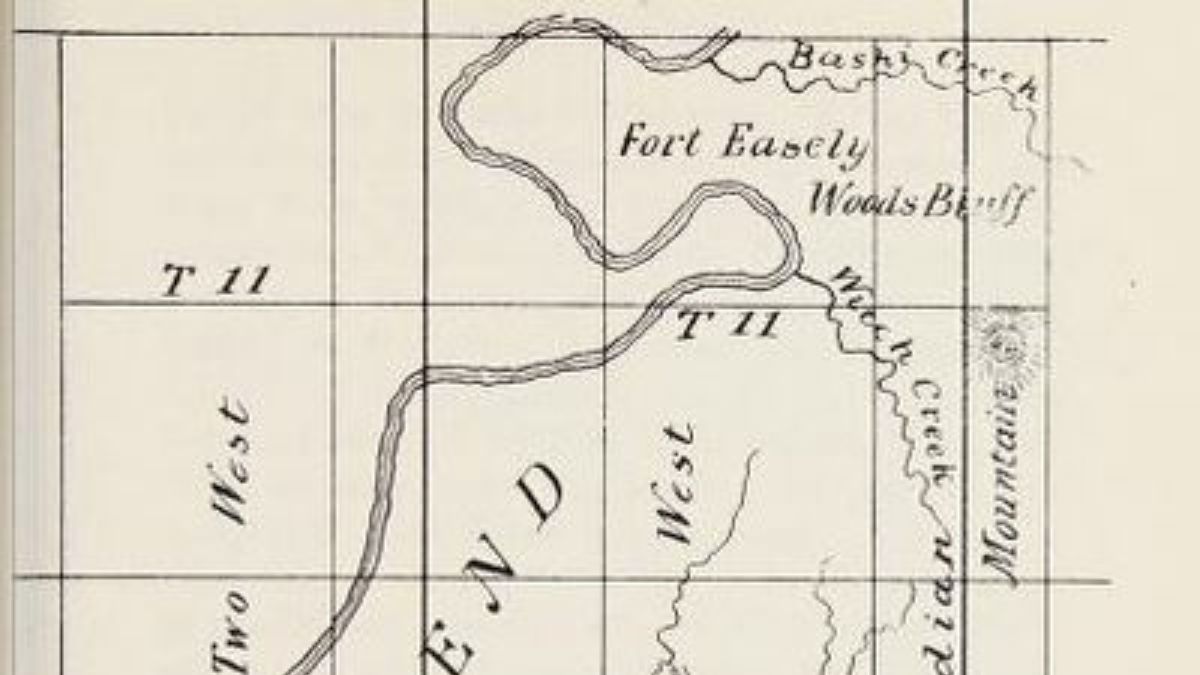Fort Easley in Clarke County, Alabama, is significant in American history. Built during the Creek Indian War under General Ferdinand Claiborne’s orders, it protected settlers and was a critical military post.
The fort witnessed key events, such as the Fort Mimms Massacre, and saw the involvement of notable figures like General Andrew Jackson.
Today, a historical marker commemorates its role in safeguarding the region.
This article explores Fort Easley’s rich history, geographical significance, local attractions, and ongoing conservation efforts, highlighting its enduring legacy in Alabama’s heritage.
History of Fort Easley (Alabama)
Fort Easley, located in Alabama, played a key role during the Creek Indian War. It was built to protect settlers from attacks by the Creek Nation.
It is located in Clarke County and near the Battle of Burnt Corn site.
General Ferdinand Claiborne ordered the construction of Fort Easley. This strategic move was meant to safeguard the local population and serve as a lookout point.
The Fort later became a refuge for settlers during times of conflict.
One event tied to Fort Easley is the Fort Mimms Massacre. This tragic event highlighted the intense hostilities between settlers and the Creek Nation. It led to increased military actions in the region.
General Andrew Jackson, a key figure in American history, later played a significant role in the Creek Indian War. His campaigns against the hostile Creeks helped to reduce threats to settlements surrounding Fort Easley.
A historical marker now stands at the Fort’s original site. This marker provides information about its historical importance and the turbulent times during its operation.
Fort Easley remains a noteworthy location in Alabama’s history. The legacy of the conflicts and resolutions of those times is still remembered today.
Explore More: 19 Historic Forts in Alabama
Military Affairs and Legacy
Fort Easley played an important role in military history, especially during the early 19th century. The fort was part of a network of defenses, including Fort Glass, Fort Madison, and Fort Morgan, to protect the region.
Colonel Joseph Carson was a key figure in the fort’s development. He and General Claiborne fortified the area to safeguard against threats.
These sites served as strategic points, including a Staging Area for military movements and planning.
Mobile Bay and Mobile Point were vital locations in securing the area. The fortifications near these points ensured control over vital waterways.
A crucial structure was the Stockade Fort. It provided strong defense and storage for supplies.
County Road connected these key military locations, facilitating troop movements and communication.
These historical sites reflect the region’s strong military presence and strategic significance.

Cory is a website owner and content creator who enjoys fishing, history, coin collecting, and sports, among other hobbies. He is a husband and father of four.
Romans 15:4 For whatever was written in former days was written for our instruction, that through endurance and through the encouragement of the Scriptures we might have hope.

